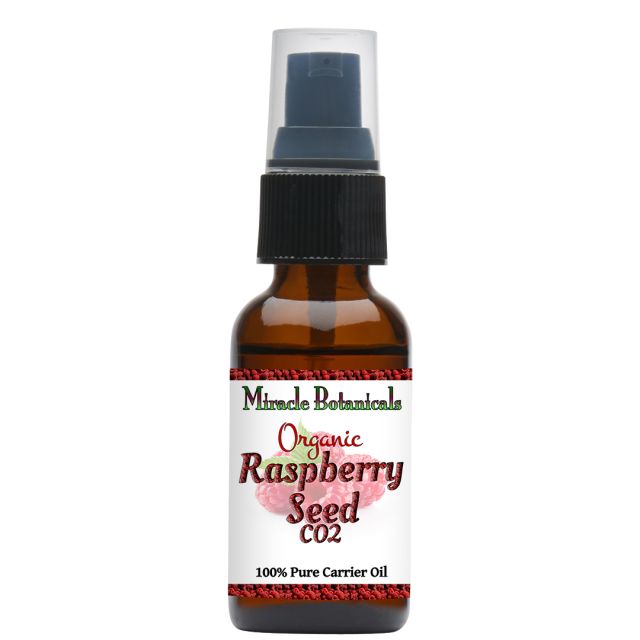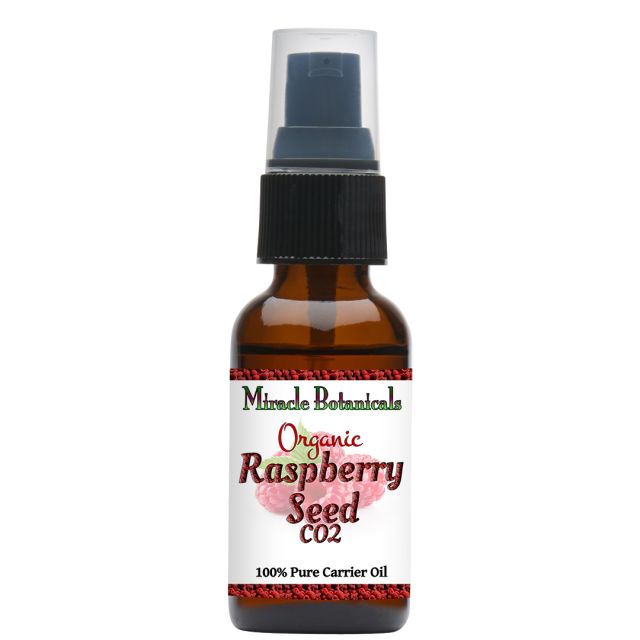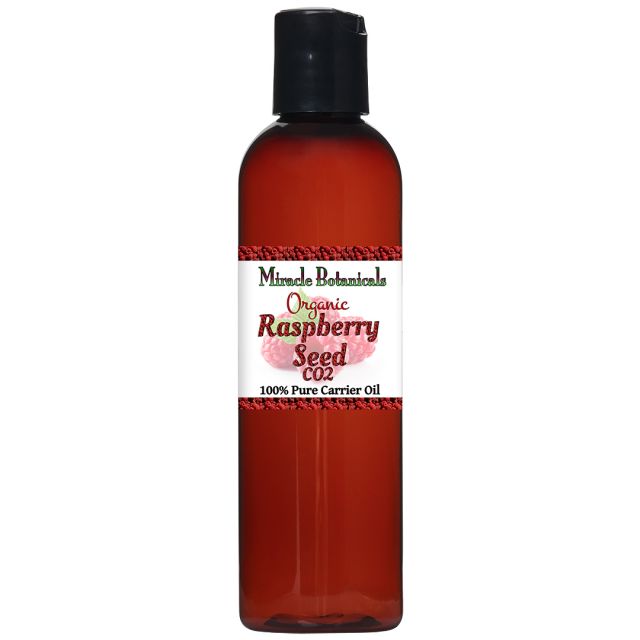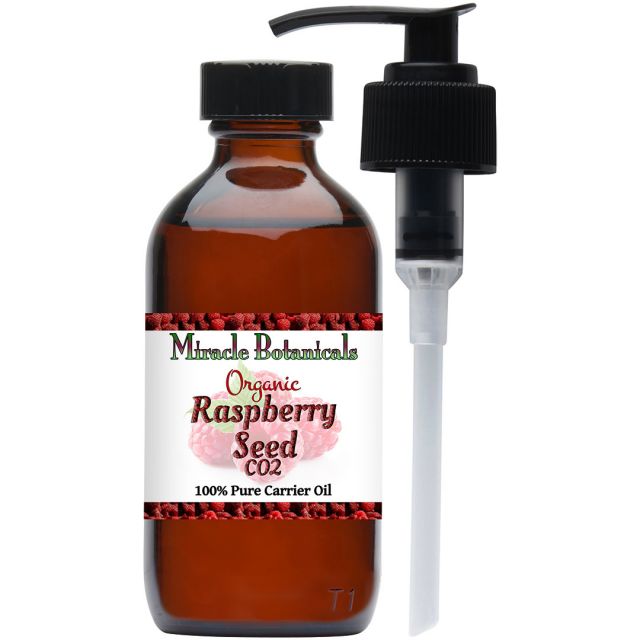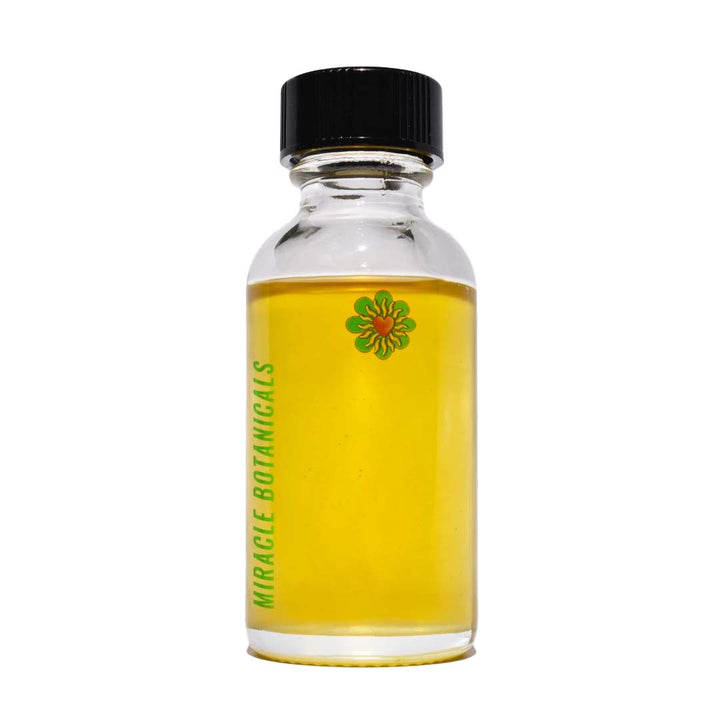Raspberry Seed Oil - Organic - CO2 Extracted (Rubus Idaeus)
REDRASPSD-60ml
- In stock, ready to ship
- Out of Stock
Checkout safely using your preferred payment method
Pickup currently unavailable at Miracle Botanicals Keaau
Pickup currently unavailable
15-1929 32nd Avenue
Keaau HI 96749
United States
+18886657719
- Botanical Name: Rubus Idaeus
- Plant Part: Seeds
- Method of Extraction: CO2 Extracted
- Country of Origin: Poland
- Color/Consistency: Bright Yellow Color With Light To Medium Consistency
- Aroma: Earthy, Fruity
- Main Chemical Components: Linoleic Acid (56%), alpha Linoleic Acid (28.7%), Oleic Acid (11.3%)
- Fatty Acid Composition: Polyunsaturated fatty acids (84.7%), Monounsaturated fatty acids (11.9%), Saturated fatty acids (3.4%)
Description
Raspberries are a well-known superfood, and much of their unique health value comes from their seeds. Raspberry seed oil offers a concentrated source of those beneficial compounds, and it is particularly useful for skincare. As a result, it is frequently added to personal products such as lotions, creams, lip balms, and moisturizers.
Raspberry seed oil contains very high amounts of vitamin A, vitamin C, and several classes of antioxidants, including tocotrienols and tocopherols. It also has a powerful anti-inflammatory effect and is used to help protect against sun damage, with an estimated SPF of 40.
Benefits
Moisturizes skin... Raspberry seed oil is a light oil that absorbs well into the skin. Aromatherapists recommend Raspberry for its ability to provide a protective layer on the skin that prevents moisture loss, resulting in healthy, well-moisturized skin.
Anti-aging... Raspberry seed oil is used in anti-aging blends to help reduce wrinkles and restore skin elasticity. In addition, thanks to its sun-protective properties, it can be used to avoid skin discoloration due to sun damage.
Eczema and psoriasis... Because of its powerful anti-inflammatory, raspberry seed is a commonly used carrier oil to treat eczema and psoriasis. It is known for reducing itching, soothing dry, red patches, and helping restore normal, healthy skin growth in affected areas.
Articles
Technical Data
Production Date: March 2023
Retest By: January 2025
Main Chemical Components: Linoleic Acid (56%), alpha Linoleic Acid (28.7%), Oleic Acid (11.3%)
Fatty Acid Composition: Polyunsaturated fatty acids (84.7%), Monounsaturated fatty acids (11.9%), Saturated fatty acids (3.4%)
- Free Shipping to Everywhere in the USA


